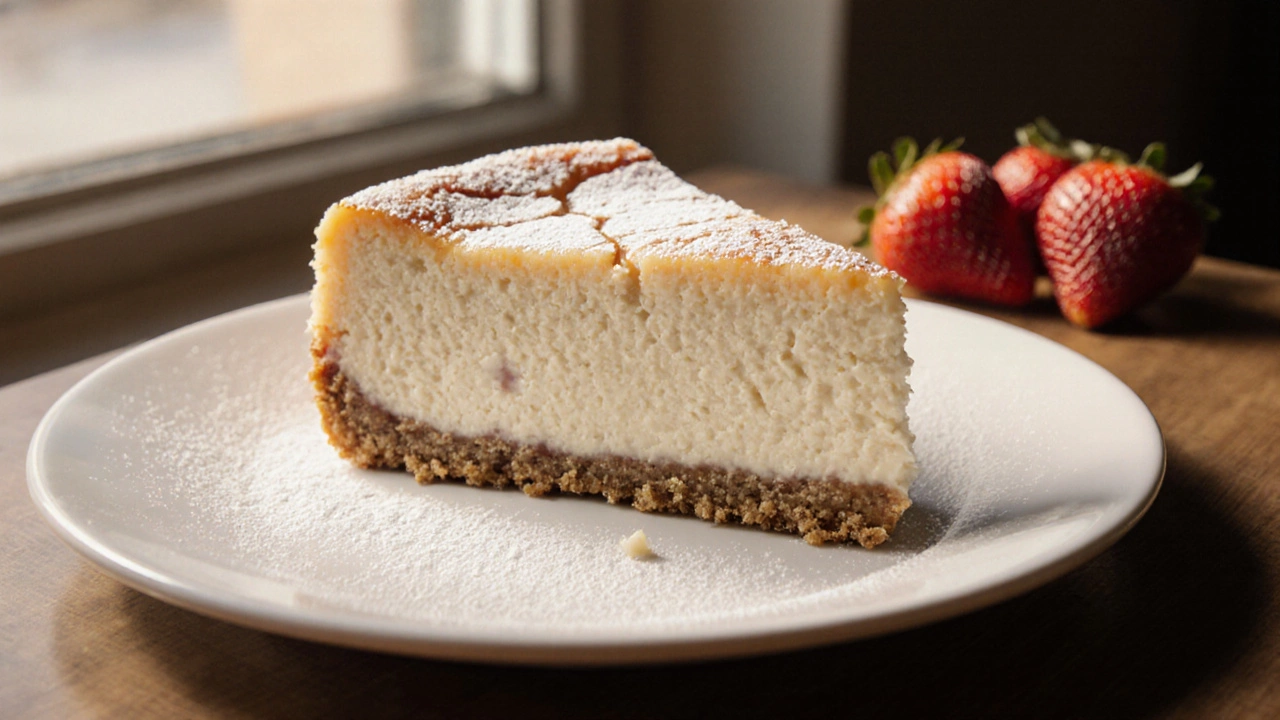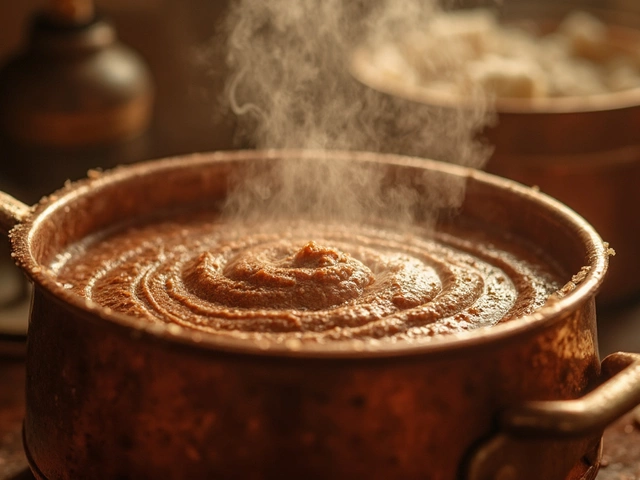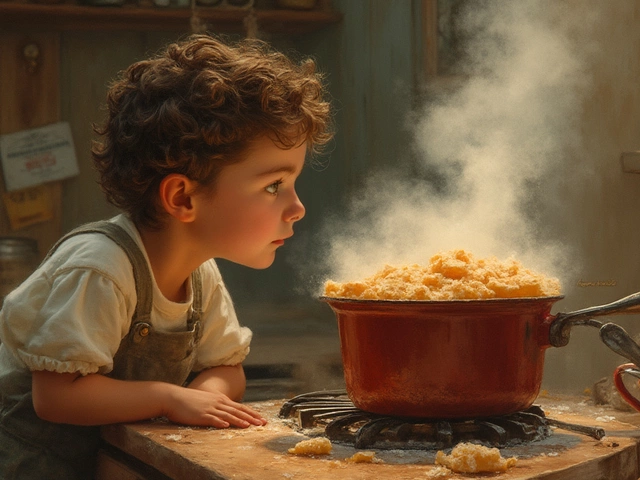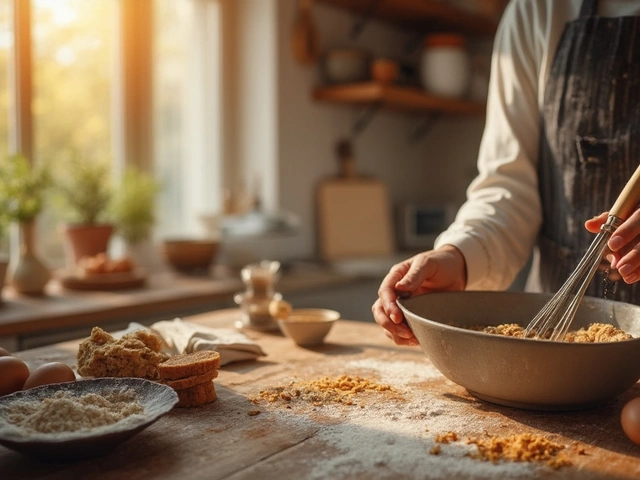Graham Cracker Crust: Easy Base for Cheesecakes, Pies, and No-Bake Desserts
When you think of a graham cracker crust, a simple, sweet, crunchy base made from crushed graham crackers, butter, and sugar, often used for no-bake desserts and cheesecakes. Also known as cookie crust, it’s the unsung hero behind some of the most beloved desserts in American kitchens. It’s not fancy, but it’s reliable—crumbly enough to break apart with a fork, firm enough to hold a creamy filling without falling apart. You’ll find it under lemon meringue pie, key lime pie, and that rich, creamy cheesecake you can’t stop eating. It’s the kind of thing you don’t notice until it’s missing.
What makes a graham cracker crust work isn’t magic—it’s balance. Too much butter and it turns greasy. Too little and it crumbles when you cut into it. The sugar? It’s not just for sweetness—it helps bind everything together when it cools. And the crust doesn’t need baking, but if you do bake it? You get a deeper flavor and a firmer texture. It’s a base that plays nice with almost anything: chocolate, fruit, caramel, whipped cream. It’s the foundation for cheesecake crust, a variation of graham cracker crust specifically designed to support dense, creamy cheesecake fillings, and it’s also the secret behind no-bake desserts that come together in under 15 minutes. You don’t need a mixer, a stand blender, or even an oven—just a bowl, a measuring cup, and a bit of patience while it chills.
People often wonder why not just use a pastry crust? Because graham cracker crust doesn’t shrink, doesn’t need blind baking, and doesn’t require rolling out dough. It’s forgiving. If you crush the crackers too fine? It’s fine. Too chunky? Still fine. Forgot the sugar? It’ll still hold. That’s why it shows up in so many recipes—even ones that aren’t even called "pie" or "cheesecake." Think icebox cakes, chocolate bark layers, or even dessert bars with a crunchy bottom. It’s the quiet workhorse of dessert making.
And if you’re avoiding gluten? You can swap graham crackers for gluten-free ones without losing anything. Want it less sweet? Use less sugar. Craving a deeper flavor? Toast the crumbs first. It’s not rigid—it’s flexible. That’s why you’ll find it in both home kitchens and professional bakeries. It’s the kind of thing that doesn’t need a recipe to be done right, but having a good one saves you from the guesswork.
Below, you’ll find real posts from bakers who’ve tested, tweaked, and perfected this crust in everything from classic New York cheesecake to tropical no-bake treats. Some explain why butter matters more than you think. Others show how to fix a crust that’s too crumbly or too hard. There’s even one about how to make it dairy-free without sacrificing crunch. Whether you’re a beginner or you’ve made a dozen cheesecakes, there’s something here that’ll make your next crust better than the last.

Why New York Cheesecake Tastes So Amazing - Secrets Revealed
Discover why New York cheesecake stands out: dense cream cheese texture, perfect crumbly crust, and the water‑bath trick that keeps it smooth and crack‑free.
View More




